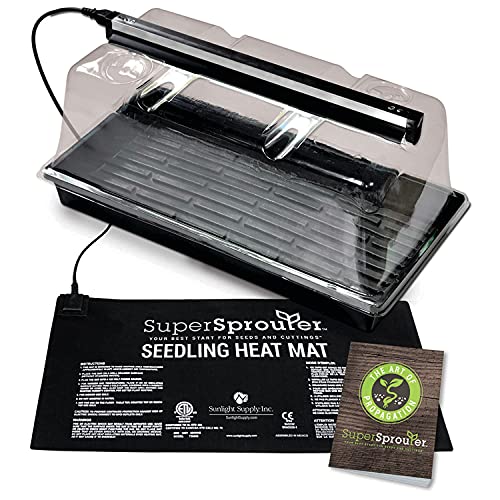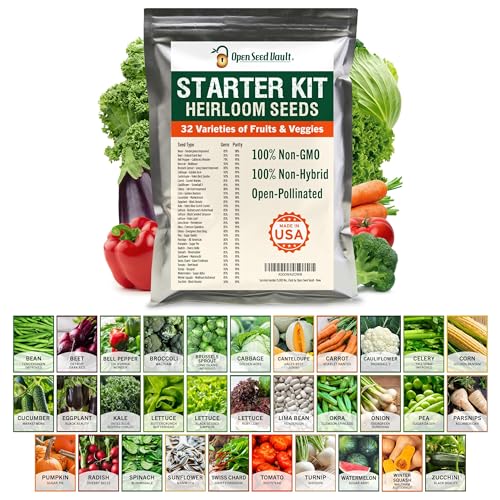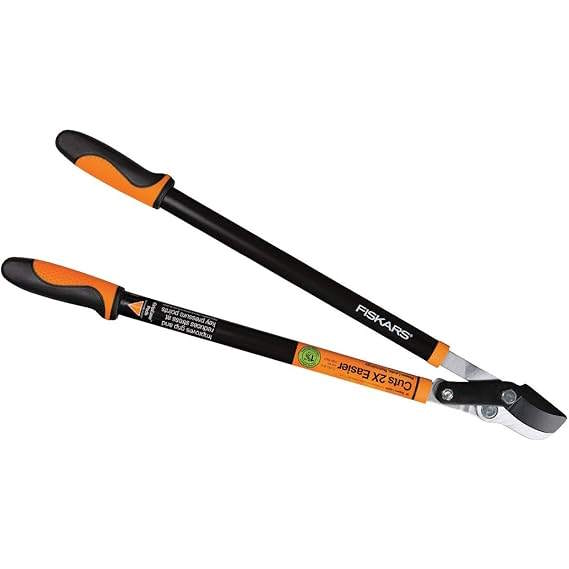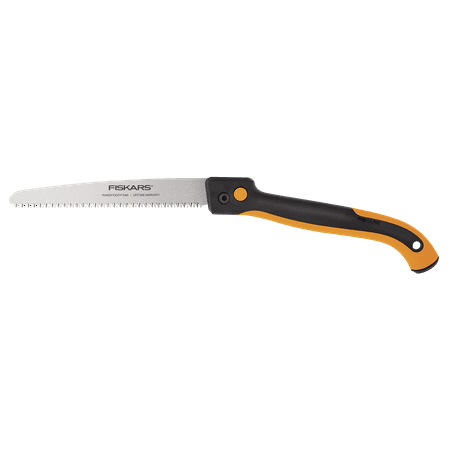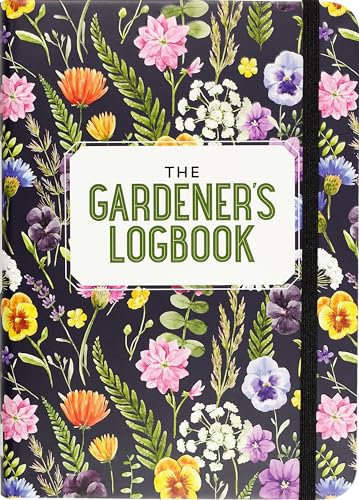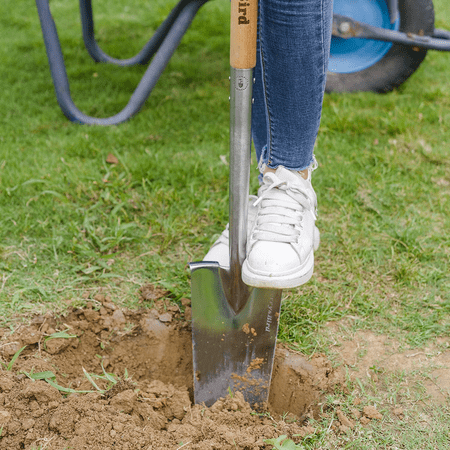8 garden jobs to do in January before it is too late – from mulching to bare-root planting
Discover what you need on your to-do list now, in our expert guide to the gardening month

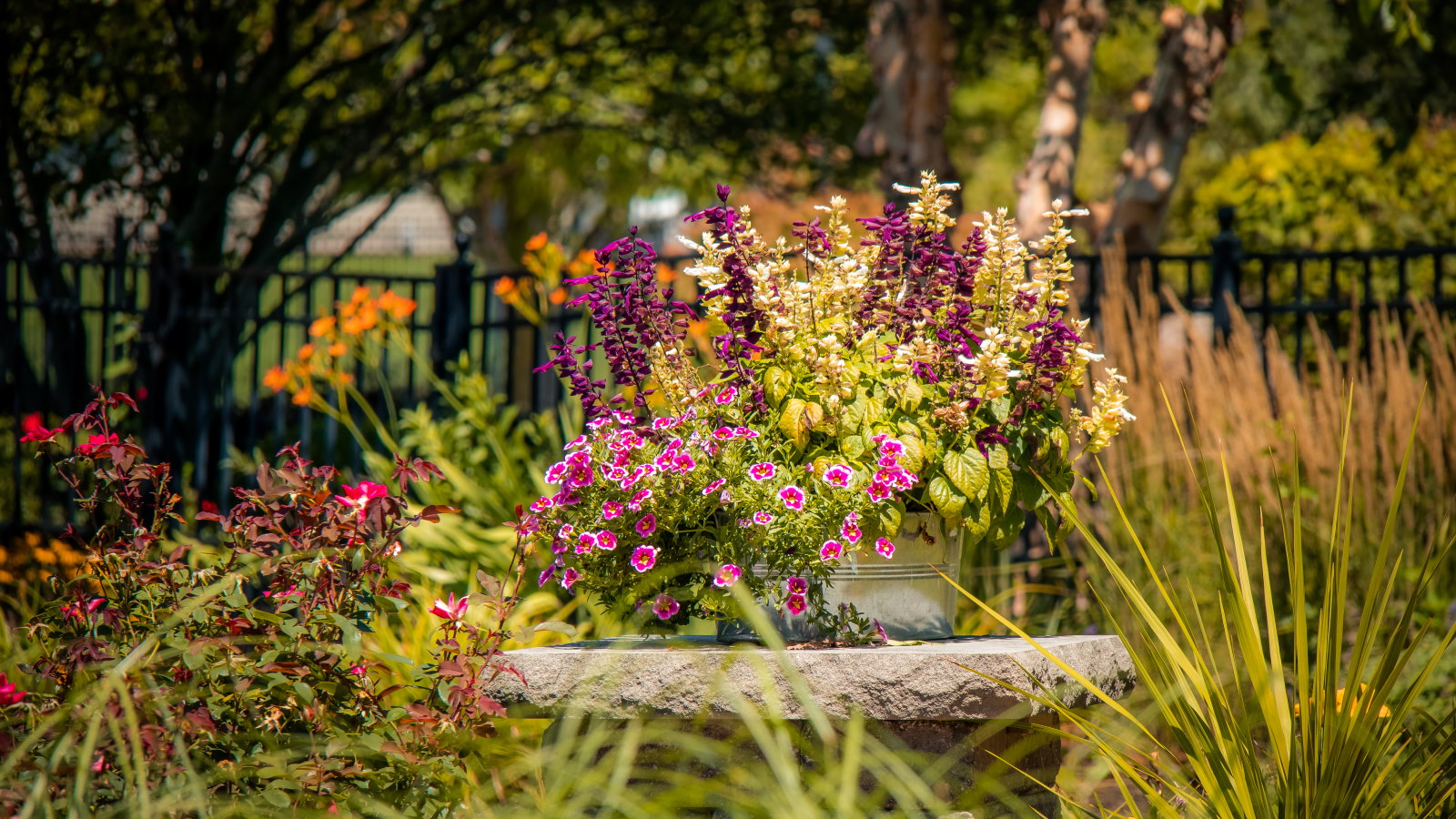
January is the start of a new gardening year, but there is often an illusion that it is a very slow month in the garden. The days may be colder and there can be frost or snow on the ground, but there is still work to do and a long list of January gardening jobs.
I spent a long time working year-round as a professional gardener in the UK. Things did not slow down in January as I spent countless hours planting, pruning, mulching, and more. It could be glorious on a sunny and crisp winter day. And when the weather was uninviting, I could be indoors planning, sowing, or doing essential cleaning and preparatory tasks for the season ahead.
January gardening jobs can be wide-ranging and they help get the year off to a good start. This guide highlights many different areas, including what to plant in January, to help you plan your gardening month.

Gardening jobs for January
The following selection of gardening jobs to do in January are ideal for any winter gardening checklist:
Sowing seeds
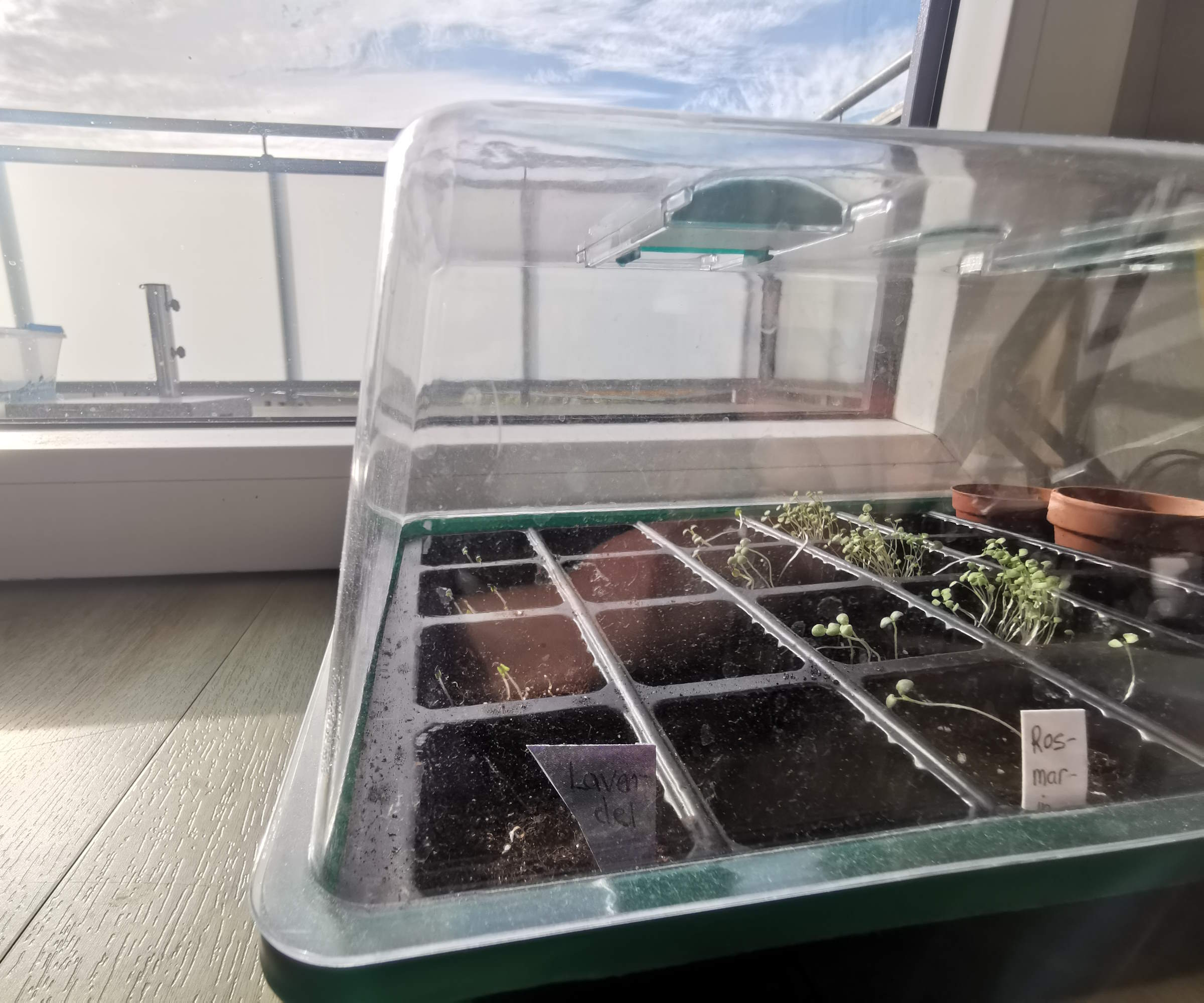
There is a range of plants to sow in January if you want to start seed sowing early and get ahead, but it does come with caveats. Many January sowings need heated propagators and grow lights to provide sufficient heat and light levels for good germination and healthy seedlings.
A heated greenhouse would be ideal, but a warm and bright windowsill can often suffice. But, if you can’t guarantee lots of warmth and light for seedlings it is wiser to hold off rather than be left with lots of leggy seedlings.
Bearing that in mind, what can be sown this month? For vegetables to plant in January, cabbage, cauliflower, eggplant, fava beans, mizuna, onions, chili peppers, and leeks can be sown this month.
Design expertise in your inbox – from inspiring decorating ideas and beautiful celebrity homes to practical gardening advice and shopping round-ups.
As for flowers to sow in January, sweet peas, begonia, geranium, Icelandic poppies, lobelia, petunias, snapdragons, dahlias dianthus, delphinium, and cobaea can all be sown indoors this month.
If you haven’t yet, there is still time to plant bulbs in January. Providing the ground is not frozen, you can plant tulips and daffodils this month.
Pruning deciduous shrubs
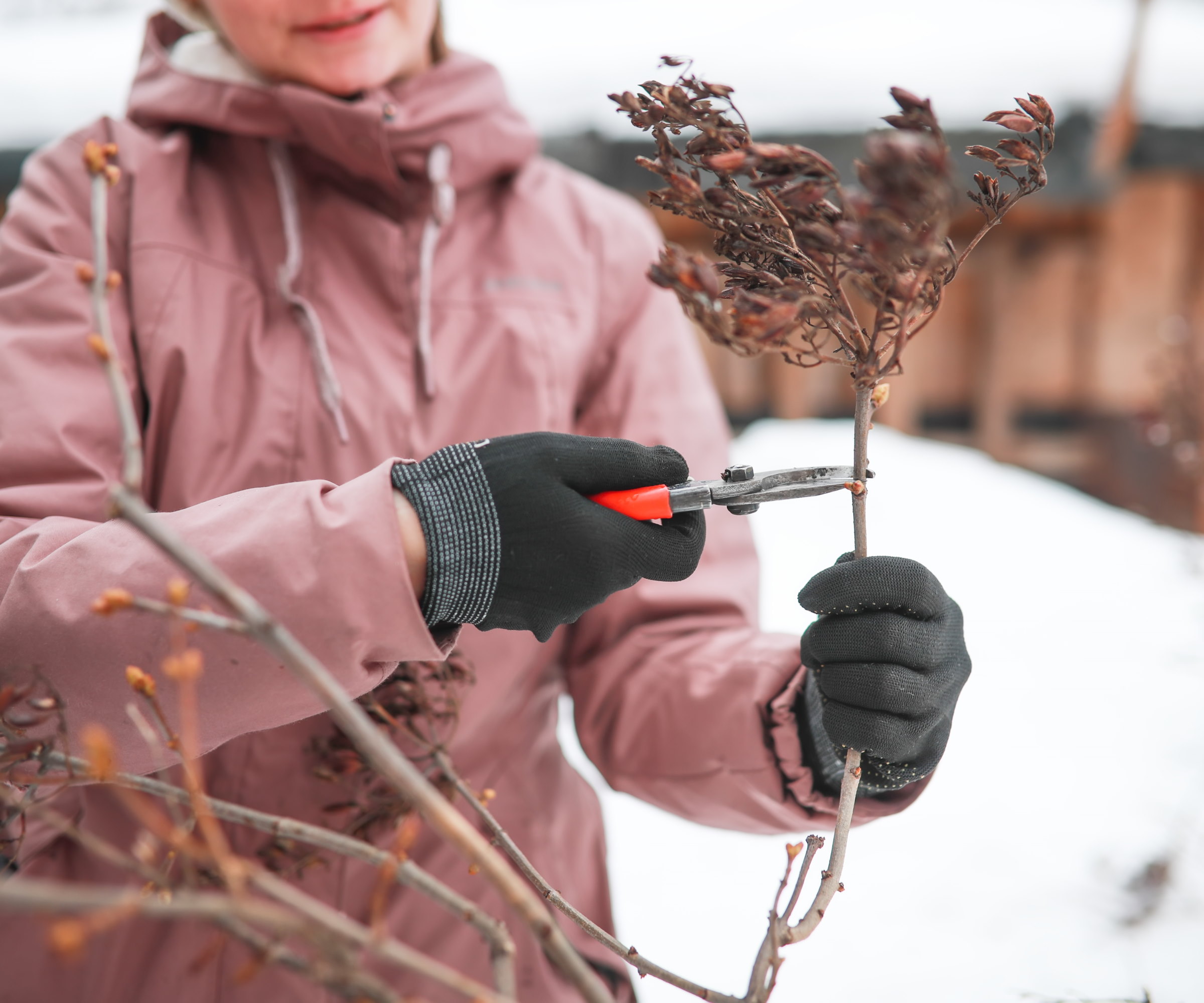
January can be the ideal time to prune deciduous trees and shrubs. Pruning during their dormancy when they are bare of foliage offers the benefits of seeing their full structure, helping you make informed decisions and avoid pruning mistakes. Avoid pruning in extreme periods of snow or frost this month and always use clean and sharp pruning tools.
Shrubs such as spirea, sorbus, cotoneaster, and bougainvillaea are among the deciduous flowering shrubs to prune this month. While beech, hazel, and willow are trees to prune in January, along with fruit trees like apples and pears. Do not prune all fruit trees in winter, though, as stone fruits are pruned later in the year.
Other potential plants to prune in January include soft fruit like gooseberries, redcurrants, and fall-fruiting raspberries. Also, cut old leaves from hellebores to enjoy the new flowers and prevent leaf spot disease.
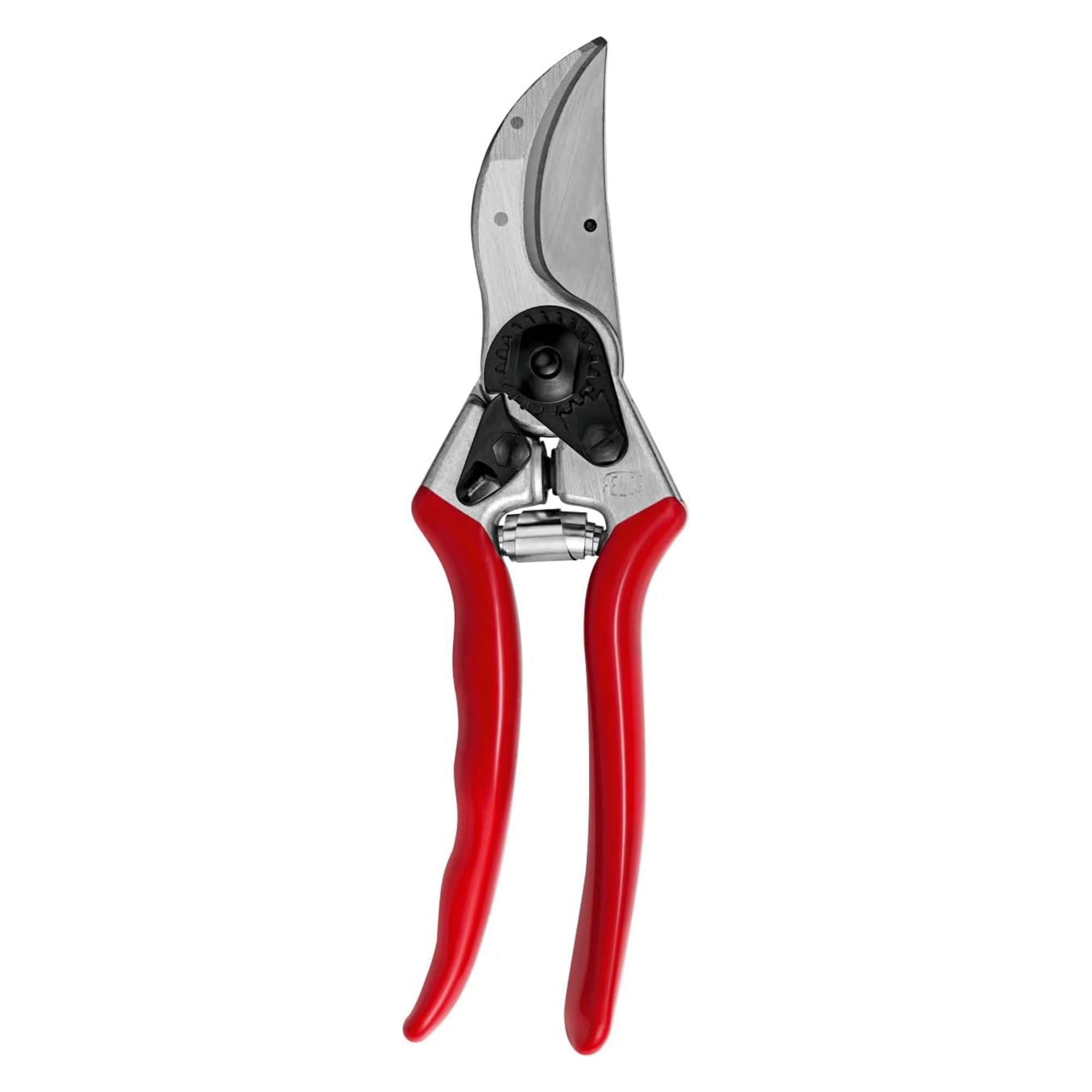
Felco No. 2 pruners are nearly universally beloved as the best pruners on the market. They're comfortable, hard-wearing, razor-sharp, and best of all, every part can be replaced - you never need to buy another set of pruners again.
Cleaning equipment and tools
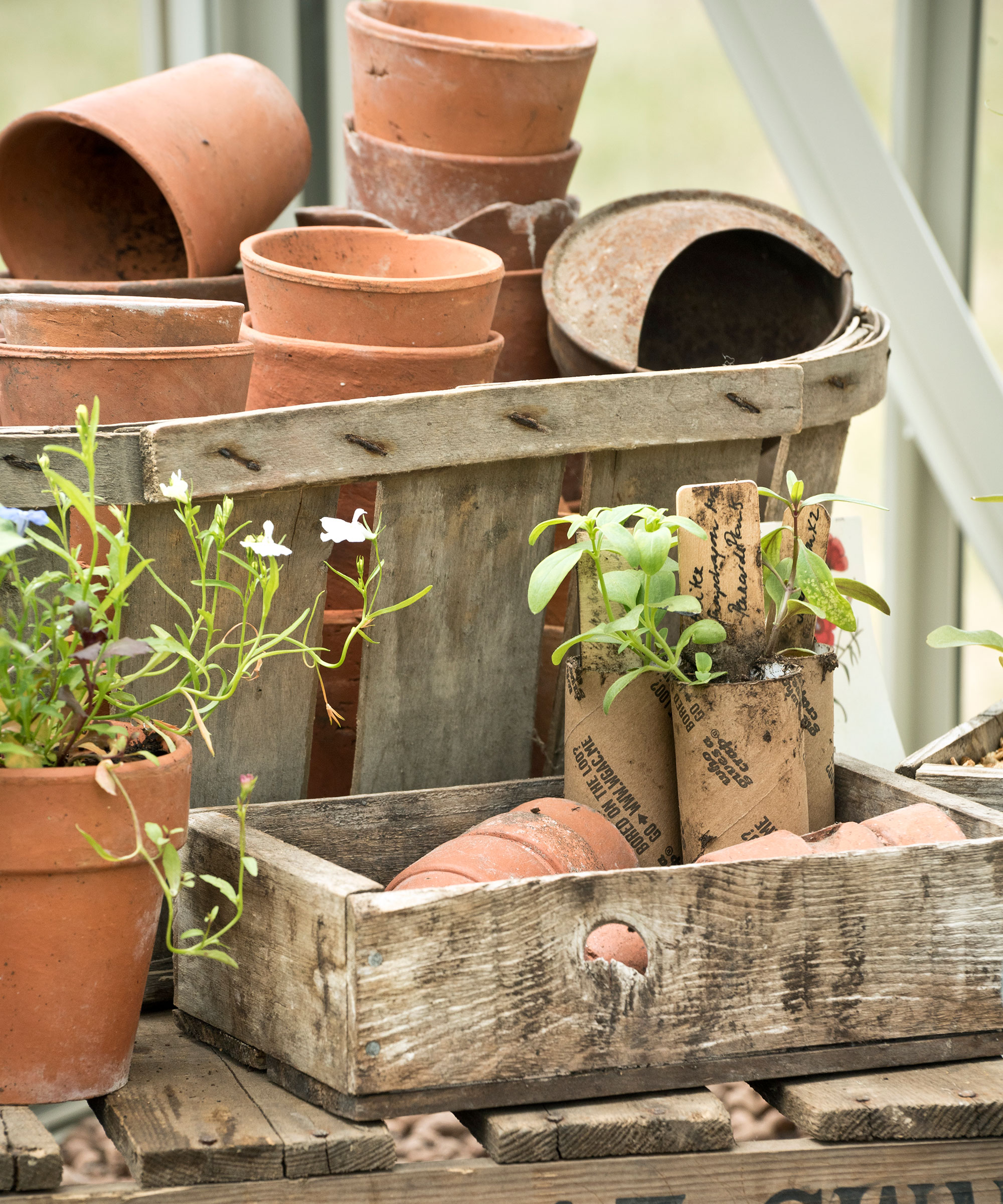
While never the most glamorous of tasks, when the weather is miserable outside you can do essential maintenance indoors. This includes:
- Clean and sharpen any garden tools. Remove old soil and debris from digging tools and sharpen pruning shears, loppers, or hedge shears. It means your kit will be ready to go once the new gardening season gets into full swing.
- Cleaning a greenhouse removes grime and dirt from the windows and benches and gets the growing space in tip-top condition. More light can penetrate and reach the plants, while a good clean removes any fungi or bacteria that may exist. Taking time to clear the gutters of dead leaves and debris also helps if you are collecting rainwater into water butts
- Take a bit of time to clean flower pots. Remove old soil and debris from inside the pot that may be providing pests with a warm spot to overwinter and wash the pots in a weak bleach and water solution to remove fungi and bacteria.
Planning for the coming season
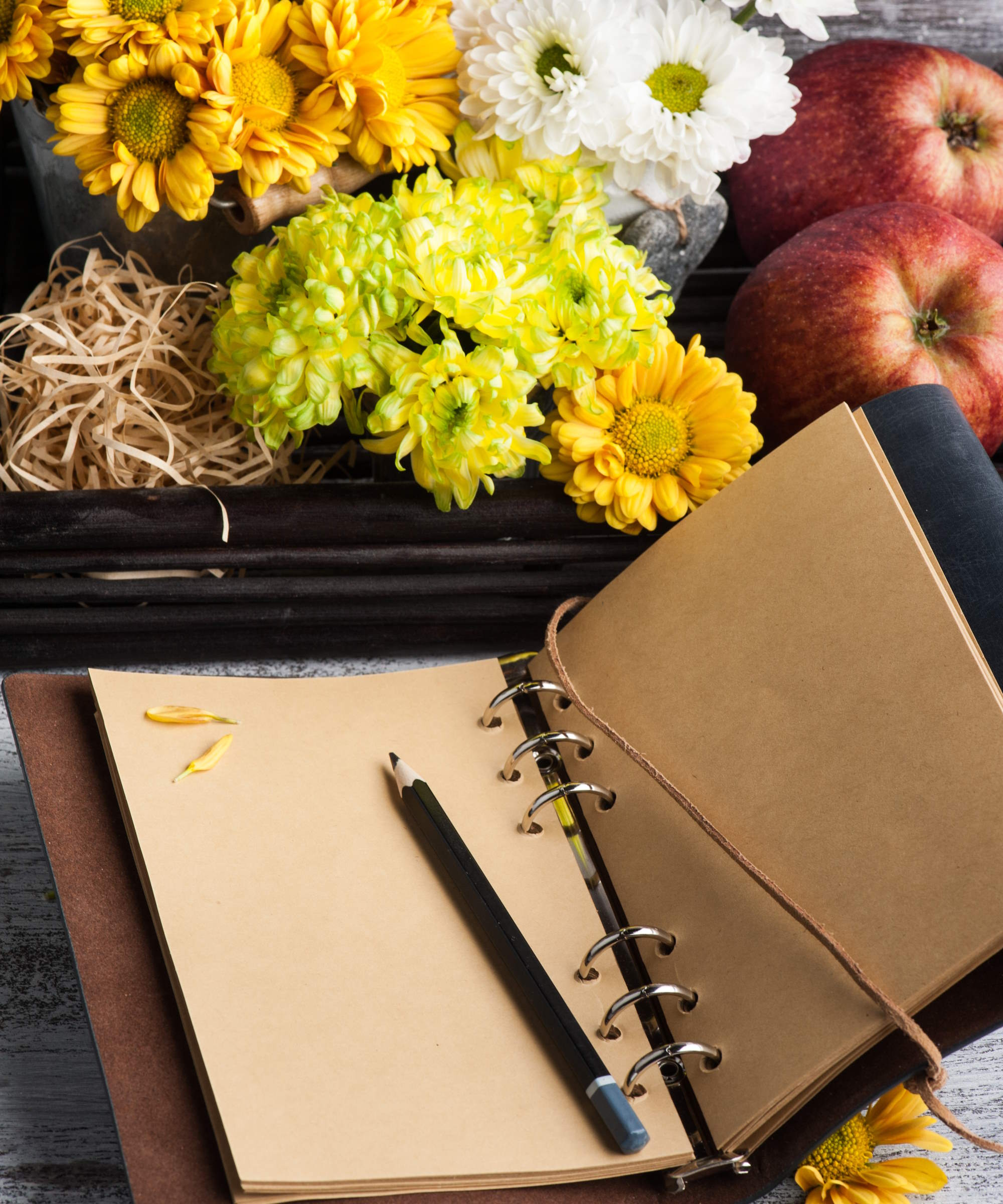
Here comes the fun bit, January is the ideal time to plan for the year ahead. If it is bitterly cold outside, then settle down with the gardening books, magazines, and seed catalogues, or browse websites and social media, for inspiration. It is also a great time to go through your existing seed packets to see what you have and throw away any empty or out-of-date packets.
Make a list and order seeds for the season before getting organized and putting together a seed sowing schedule for the year. January is also a great time to order bulbs and tubers to plant in spring once the temperatures rise for summer blooms.
Also, plan your vegetable garden for the year and map out where you will grow each crop. Think about crop rotation and move vegetables around the space each year to prevent issues with pests and diseases and have healthy, thriving vegetables.
Mulching beds and borders

If you have not done so yet, mulch flower beds and mulch vegetable gardens - providing the ground is not frozen.
Mulching is a fantastic way to guarantee healthy soil, add nutrients, retain moisture in the ground, and suppress weeds. There are different options for types of mulch, but the best material is going to be organic matter, including well-rotted compost, leaf mould, mushroom compost, or bark.
Spread the mulch at least two inches thick, but do not make the mulching mistakes of piling mulch onto herbaceous perennials or mounding it against shrubs or trees.
Planting bare-root specimens
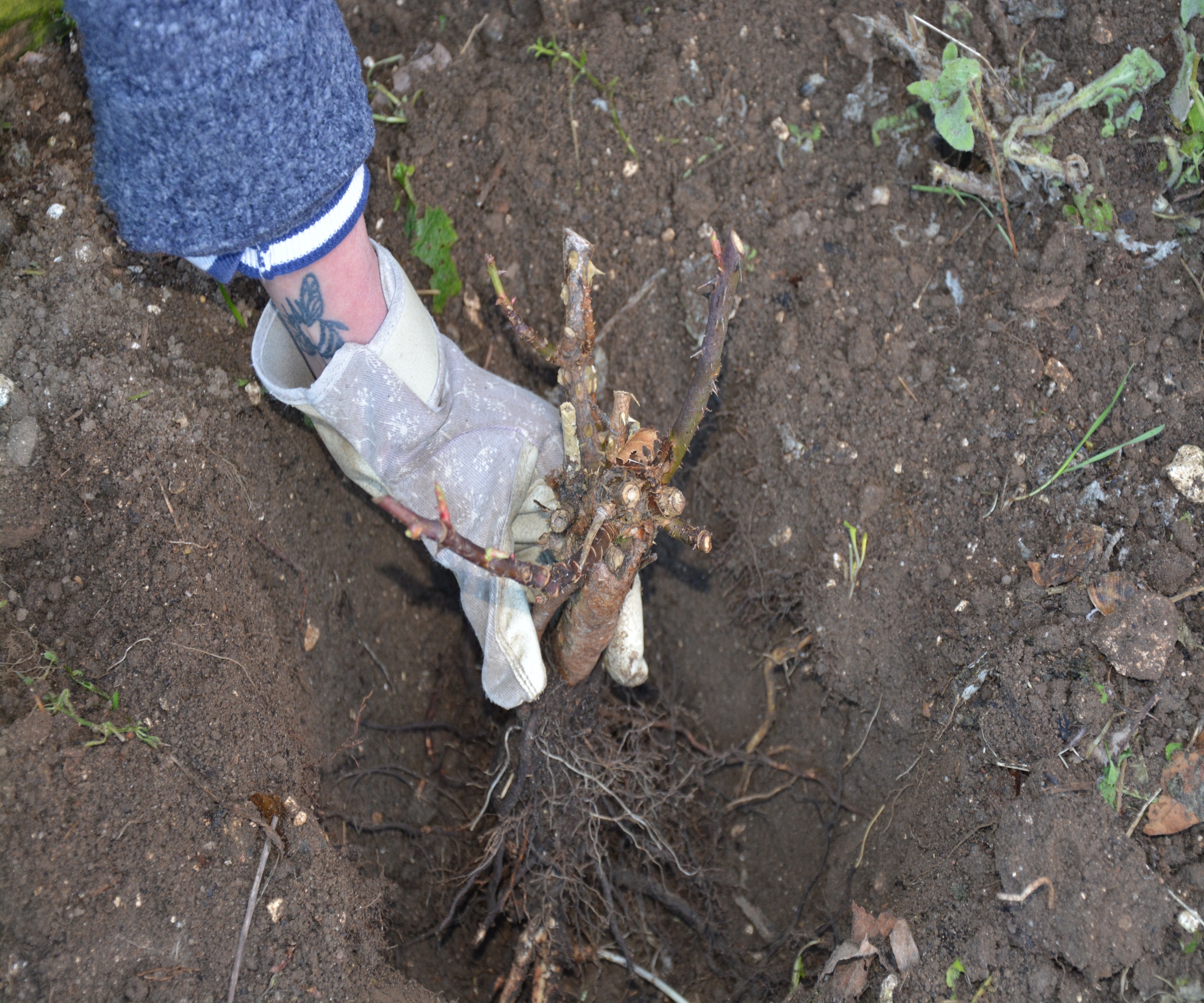
As well as sowing seeds, January can be a great window to plant bare-root trees, shrubs, and perennials. As long as the ground is not frozen or waterlogged, the likes of bare-root roses, fruit trees, and hedging plants, are commonly available during dormancy to be added to any backyard ideas.
Bare-root plants are available over the winter months and tend to offer a more cost-effective way to add plants to your yard than purchasing larger container-grown trees, shrubs, or perennials. They are quick and easy to plant and it is beneficial to soak them in water for a few hours before planting to rehydrate the roots.
Look after houseplants
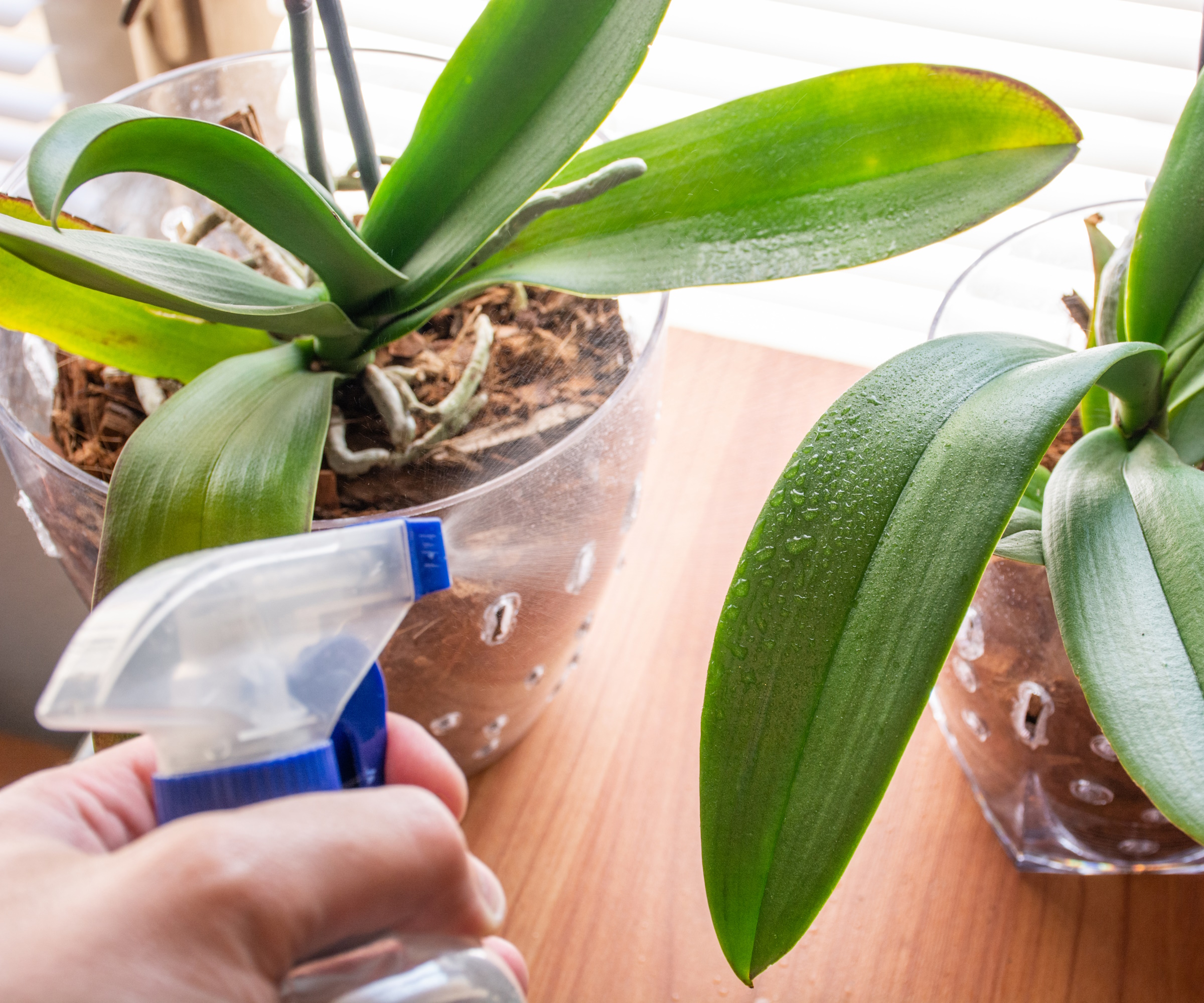
Any indoor plants will require less maintenance in winter, but there are a few key areas to get right to ensure they come through unscathed.
When the light levels are lower this month, move plants onto sunny windowsills to help them get the most of the available light. It is also important to ensure they are kept away from cold draughts and hot temperature fluctuations from radiators.
When the central heating is on a lot during January, it can dry out the air. You will need to water houseplants less frequently in winter, but they will benefit from being misted with a plant spray bottle, available at Amazon, to increase the humidity around them and keep the plants happy.
Check stored tubers and bulbs
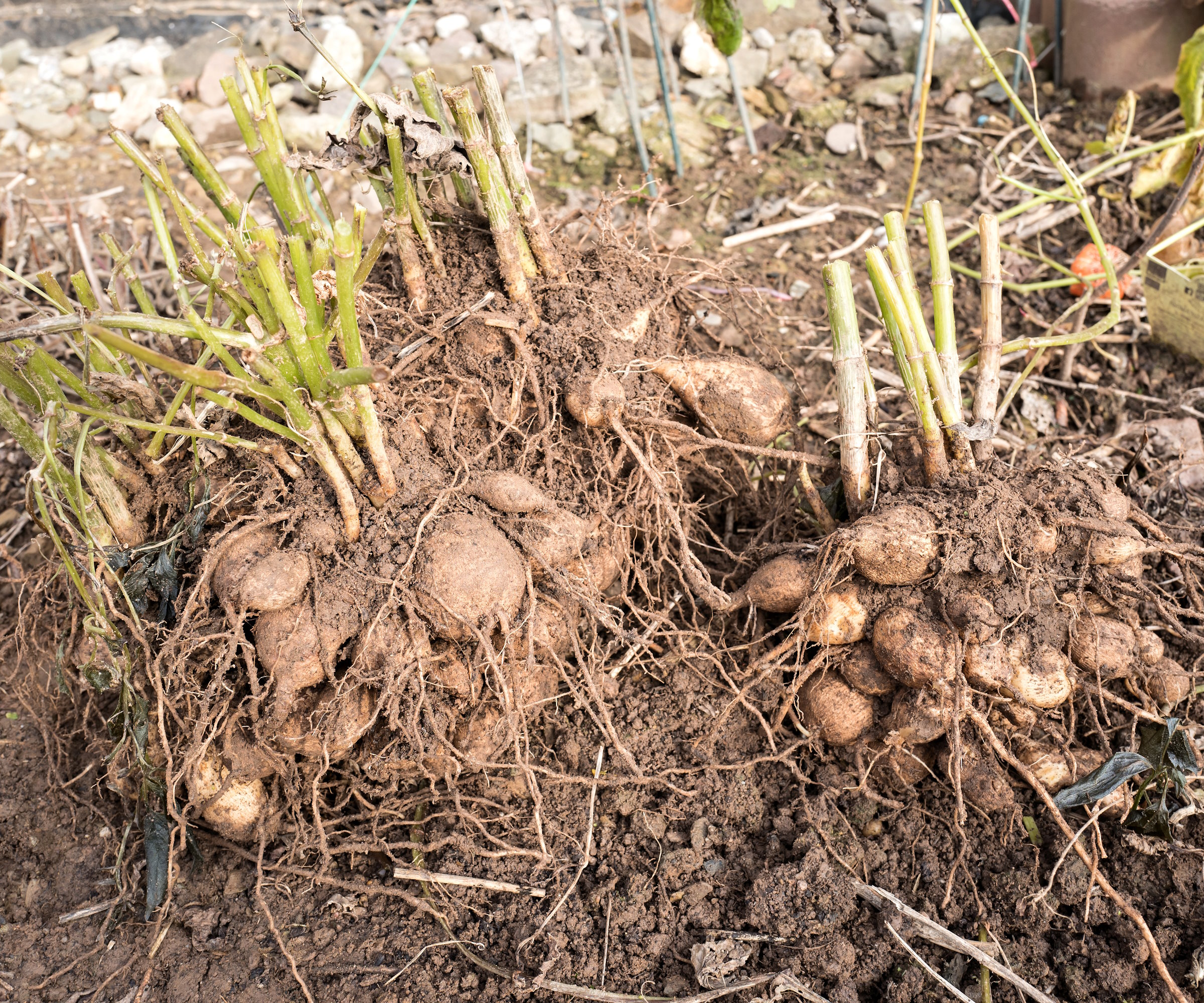
January is a good time to check on any stored tender bulbs or tubers, such as dahlias or cannas. The best way of overwintering dahlias and cannas, especially in cooler climates, is to lift them ahead of the cold and you want to overwinter canna bulbs and dahlia tubers somewhere cool, dry, and frost-free.
You want to inspect stored tubers and bulbs for rot and any that show any blemishes, including signs of rodents nibbling them, are best removed to stop them from spoiling others around them. They also want to be checked for signs of drying out and can be lightly misted with water to rehydrate them if needed during storage.
Also, inspect any stored winter crops for rot. Root vegetables including carrots, beets, parsnip, and celeriac can all be stored, either in the ground or lifted and kept in boxes in a dark frost-free place, for use throughout the colder months. Monitor any stored produce for rot or rodent damage and discard any affected.
FAQs
Can I move plants in January?
Deciduous trees and shrubs can be lifted and transplanted in January during their dormant season if you decide they are not in the right place. It is important that the ground is not frozen or waterlogged when moving plants and a close eye is kept on watering to help plants establish in their new spot. Consider mulching around them after planting.
Can you take cuttings in January?
January is a good opportunity to take plant cuttings from deciduous shrubs and trees. You can take hardwood cuttings in winter of roses, hydrangea, willow, forsythia, blueberries, and many more plants. Hardwood cuttings can be placed into pots filled with well-draining potting mix and left in a greenhouse or cold frame to develop roots.
Can you plant hedging in January?
Hedging plants are commonly available bare-root in winter and can be planted in January, provided the ground is not frozen or waterlogged. Whether you want a wildlife hedge or a hedge for privacy, fast-growing hedging plants such as beech, hornbeam, yew, or hawthorn can be planted in January.
Hopefully, that inspires you to get out this month and get your gardening fix when the weather allows. Before you rush out with the pruning tools, though, it might be worth just checking that your chosen shrub or tree doesn’t feature on our plants to never prune in January feature. There are some plants, including spring-flowering shrubs, popular woody herbs, and evergreens, that want to be left well alone this month.

Drew has worked as a writer since 2008 and was also a professional gardener for many years. As a trained horticulturist, he worked in prestigious historic gardens, including Hanbury Hall and the world-famous Hidcote Manor Garden. He also spent time as a specialist kitchen gardener at Soho Farmhouse and Netherby Hall, where he grew vegetables, fruit, herbs, and cut flowers for restaurants. Drew has written for numerous print and online publications and is an allotment holder and garden blogger. He is shortlisted for the Digital Gardening Writer of the Year at the 2025 Garden Media Guild Awards.
